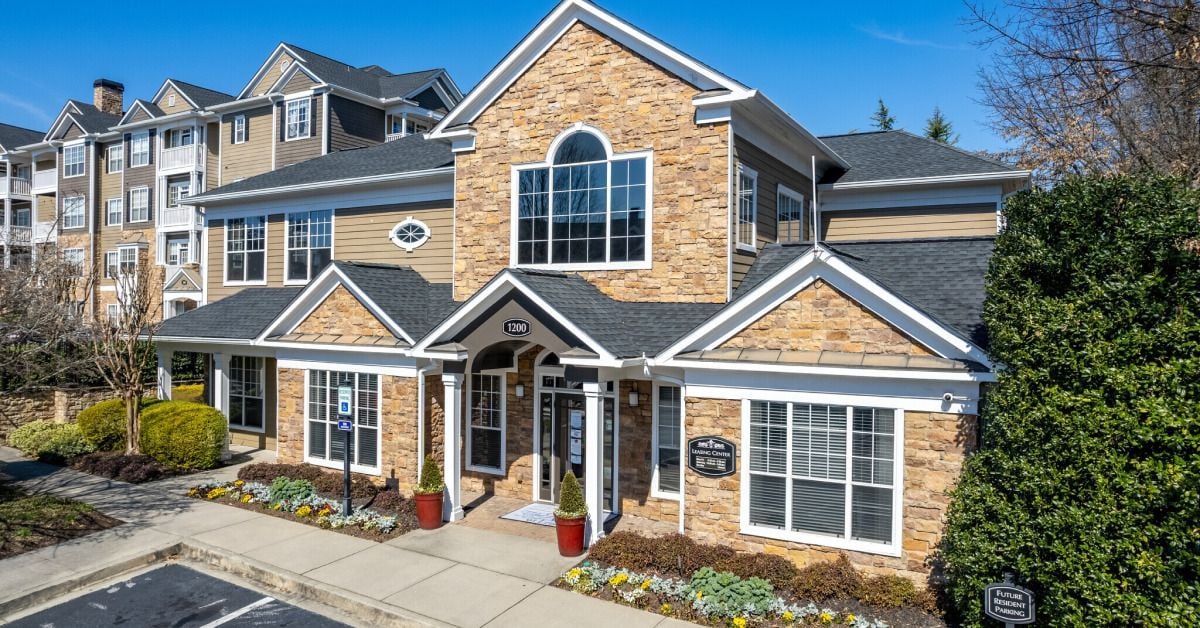The scarcity of affordable housing is a pressing issue that affects individuals and families with low incomes across the United States. One of the significant barriers to accessing affordable housing is the presence of waiting lists for subsidized housing programs. In this article, we delve into the challenges posed by waiting lists for low-income housing and explore potential strategies to provide immediate housing solutions for those in need.

The Challenges of Waiting Lists for Low-Income Housing
Waiting lists for low-income housing programs, such as Section 8 vouchers and public housing, are common across the country. These waiting lists can be extensive, with individuals and families waiting months or even years for a chance to access affordable housing. The limited availability of subsidized housing units exacerbates this issue, leaving many vulnerable individuals without a stable place to call home. The prolonged wait times for low-income housing can have detrimental effects on individuals and families, leading to instability, homelessness, and increased financial strain. Without immediate access to affordable housing, many individuals are forced to make difficult choices between paying for rent and other basic necessities, such as food and healthcare.
Strategies to Provide Low-Income Housing Without Waiting Lists
1. Rapid Re-Housing Programs: Rapid re-housing programs provide short-term rental assistance and supportive services to individuals experiencing homelessness or at risk of homelessness. By prioritizing rapid re-housing initiatives, communities can help individuals secure housing quickly and prevent them from falling into homelessness.
2. Emergency Shelter Alternatives: Creating alternative emergency shelter options, such as tiny homes, transitional housing, or safe parking programs, can offer immediate housing solutions for individuals in crisis. These temporary housing options can bridge the gap between homelessness and permanent affordable housing.
3. Housing First Approach: The Housing First approach prioritizes providing individuals with stable housing as a first step, followed by the provision of supportive services to address underlying issues, such as mental health or substance abuse. By adopting a Housing First model, communities can expedite the process of securing housing for individuals without waiting for them to navigate complex support systems.
4. Public-Private Partnerships: Collaborations between government agencies, non-profit organizations, and private developers can help increase the supply of affordable housing units without the need for waiting lists. By leveraging resources and expertise from multiple sectors, communities can develop innovative housing solutions tailored to the needs of low-income individuals and families.
5. Innovative Financing Models: Exploring innovative financing models, such as social impact bonds or community land trusts, can help fund the development of affordable housing projects without relying solely on government subsidies. These alternative funding mechanisms can accelerate the construction of affordable housing units and reduce the reliance on waiting lists.
6. Preservation of Existing Affordable Housing: Preserving existing affordable housing stock through rehabilitation and maintenance efforts can help prevent the loss of affordable units and ensure that low-income individuals have access to stable housing options. By investing in the preservation of affordable housing, communities can mitigate the need for waiting lists and create long-term housing stability for residents.
Conclusion
Addressing the urgent need for low-income housing without waiting lists requires a combination of immediate interventions and long-term strategies to increase housing affordability and accessibility for vulnerable populations. By prioritizing rapid re-housing programs, emergency shelter alternatives, and public-private partnerships, communities can create housing solutions that meet the immediate needs of individuals and families in crisis.
As we work towards building more inclusive and equitable communities, it is essential to prioritize affordable housing as a fundamental right for all individuals, regardless of income level. By implementing innovative strategies and collaborative approaches, we can create a future where affordable housing is readily available to those who need it most, without the barriers of waiting lists and lengthy delays.











